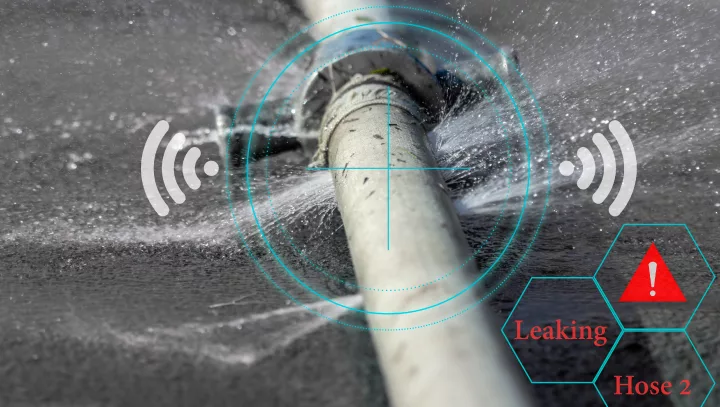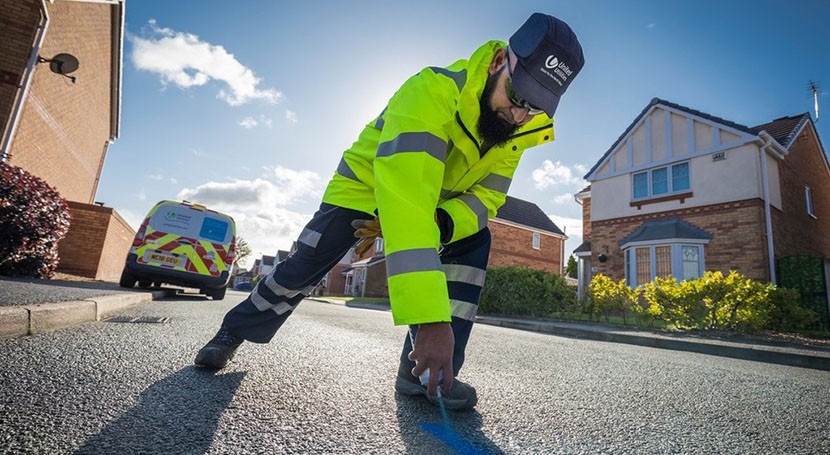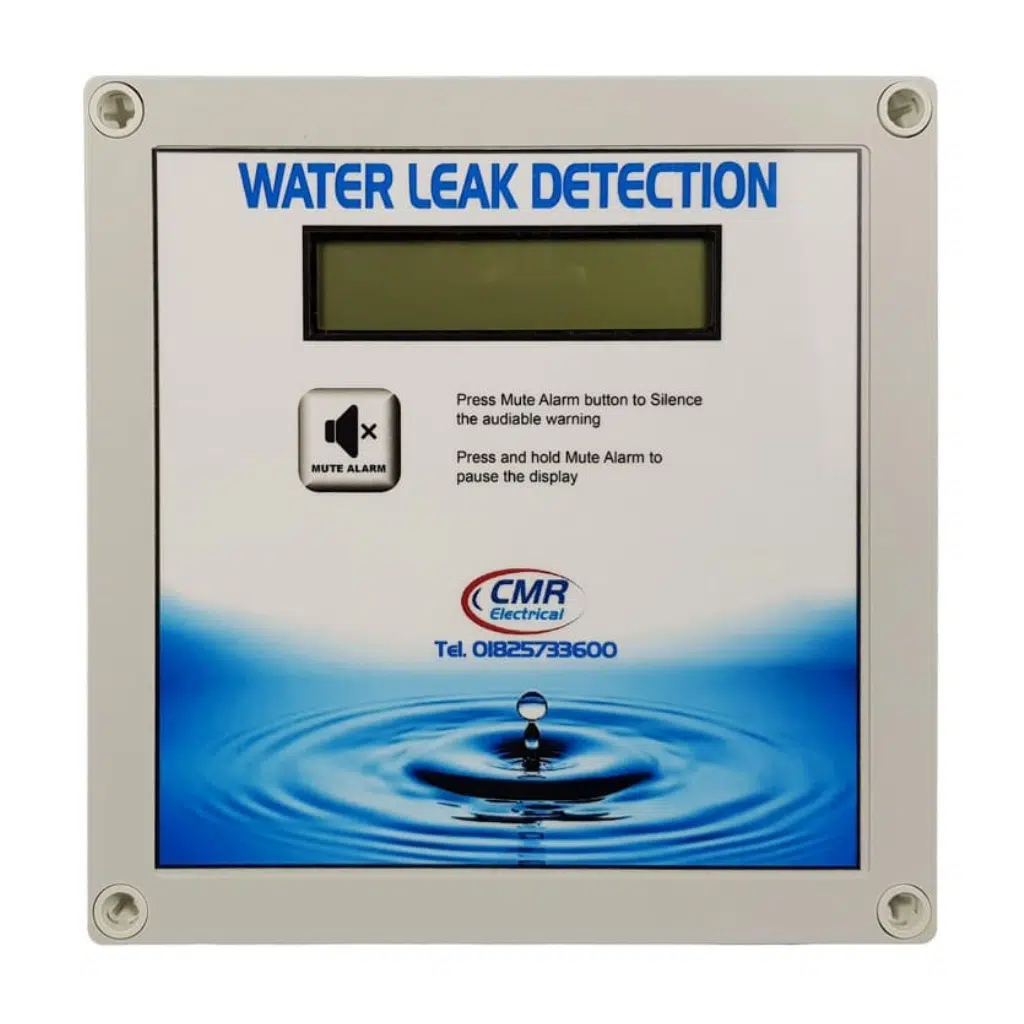Discover Reliable Water Leak Detection Providers for Accurate and Rapid Outcomes
Wiki Article
Cutting-edge Solutions for Early Discovery of Water Leaks in Structures and Facilities
From innovative leak detection innovations to the deployment of IoT sensing units for real-time surveillance, the landscape of leakage prevention is evolving rapidly. Automated water flow analysis systems are reshaping how leaks are identified and addressed, paving the way for a proactive approach to water leak discovery.Advanced Leakage Discovery Technologies
Advanced leakage discovery innovations, furnished with innovative sensing units and algorithms, play a critical duty in quickly determining and identifying water leaks in various setups. These modern technologies use a mix of acoustic, thermal, and electro-magnetic noticing techniques to discover leaks properly. Acoustic sensors spot the sound of escaping water, permitting for specific localization of the leak source. Thermal imaging detects temperature level modifications triggered by water leak, supplying one more effective approach for leak identification. Electro-magnetic sensing units can determine changes in magnetic fields brought on by water, supplying yet an additional layer of leakage discovery capability.
IoT Sensors for Real-Time Monitoring
In the realm of modern-day water leak discovery, the assimilation of IoT sensors for real-time monitoring represents a crucial development in boosting positive leakage discovery abilities. These sensors use continual tracking of water supply, offering real-time information on water circulation rates, stress variants, and temperature level modifications. By leveraging IoT modern technology, these sensing units can discover also the tiniest anomalies in water usage patterns, allowing very early recognition of prospective leakages prior to they rise right into significant problems.IoT sensors transfer information to a central system, where advanced formulas assess the details and create signals or alerts when abnormalities are spotted. This real-time monitoring capability permits property owners or facility managers to promptly deal with leaks, lessening water damages, lowering fixing prices, and saving water sources.
Additionally, IoT sensors can be incorporated with building monitoring systems, allowing for automated reactions to found leakages, such as closing off water shutoffs or activating pumps to reduce the effect of leaks. Generally, the execution of IoT sensors for real-time surveillance substantially boosts the performance and performance of water leak discovery in buildings and infrastructure.
Equipment Knowing Algorithms for Leakage Prediction

One key benefit my link of utilizing artificial intelligence for leakage prediction is its ability to continually discover and improve its precision in time. As more information is gathered and fed into the formula, it can improve its predictions and adapt to transforming conditions, ultimately raising the dependability of leak detection systems.
Moreover, artificial intelligence algorithms can aid in click resources determining subtle indicators of leaks that may go undetected by standard monitoring methods. water leak detection. By analyzing complicated information embed in real-time, these algorithms can give early cautions and signals, permitting for timely intervention and preventive maintenance to minimize prospective water damages and linked costs
Utilizing Thermal Imaging for Leakage Detection
Thermal imaging technology provides a promising strategy for discovering water leaks in different systems and infrastructures. By using infrared radiation and temperature differences, thermal imaging cameras can determine covert leakages that are not easily visible to the nude eye. When water runs away from pipelines or frameworks, it typically transforms the temperature of the surrounding area, developing temperature level differentials that thermal electronic cameras can capture. These temperature abnormalities are after that converted right into visible images, highlighting the exact location of the leak.One of the key benefits of thermal imaging for leak discovery is its non-intrusive nature. Generally, the use of thermal imaging modern technology improves the efficiency and precision of water leak discovery, making it an important tool for preserving the integrity of structures and facilities.
Automated Water Circulation Evaluation Solutions
How can computerized water circulation evaluation systems reinvent the discovery and management of leakages in various systems and frameworks? Automated water flow evaluation systems provide an aggressive technique to leak discovery by continuously keeping an eye on water flow prices and patterns. By establishing standard data, these systems can promptly recognize discrepancies that might indicate a leakage, enabling timely intervention to stop substantial damages.These systems utilize sophisticated formulas to evaluate real-time information and provide immediate informs when anomalies are identified, permitting swift action to be taken. In addition, automatic water flow evaluation systems can be integrated with structure monitoring systems or IoT platforms, enhancing overall performance and allowing remote surveillance capabilities.
Furthermore, the data collected by these systems can be used for anticipating upkeep functions, assisting to identify possible weak factors in the framework prior to leakages take place. Overall, the implementation of automated water flow analysis systems can considerably improve leakage discovery and administration methods, ultimately leading to cost savings, decreased water wastage, and raised sustainability in structures and facilities.

Conclusion
Finally, the assimilation of innovative leak discovery innovations, IoT sensors, maker discovering formulas, thermal imaging, and automated water circulation evaluation systems uses ingenious options for very early detection of water leaks in buildings and infrastructure. These technologies enable real-time monitoring, prediction of leakages, and reliable discovery techniques to stop water damage and waste. Executing these solutions can help in maintaining the integrity and sustainability of water supply in numerous settings.Report this wiki page